Advancements in Structural Drying: Strategies That Protect Homes and Reduce Expenses
In the wake of water damage, be it from natural disasters, plumbing failures, or unforeseen accidents, the prompt and effective drying of a structure is paramount in preventing further damage, mold growth, and the high costs associated with these issues. Traditional drying methods, while effective to a degree, often fall short in terms of efficiency and thoroughness, leading to prolonged recovery times and increased expenses. However, the field of structural drying has seen significant advancements in recent years, with innovations that are revolutionizing the way we restore water-damaged environments. These cutting-edge techniques not only promise to save homes from the long-term effects of water damage but also offer substantial cost savings to homeowners. This blog post delves into the heart of these innovations in structural drying, showcasing how modern technology and methods are setting new standards in the restoration industry and providing hope and relief to those affected by water damage. Through a closer look at these breakthroughs, we aim to illuminate the path forward for homeowners and professionals alike, highlighting the importance of embracing these advancements for quicker, more effective recovery processes.
The Evolution of Structural Drying
The journey from traditional drying methods to today’s advanced techniques is a testament to the relentless pursuit of efficiency and effectiveness in the face of water damage. Initially, structural drying relied heavily on natural ventilation methods—opening windows and doors to facilitate air circulation. While this method is straightforward and cost-effective, it is largely dependent on external weather conditions and can be remarkably slow. As the industry progressed, the use of mechanical systems, such as fans and dehumidifiers, became the standard. These tools offered more control over the drying process, reducing drying times and improving outcomes to a certain extent. However, they still posed limitations, particularly in terms of energy consumption and the ability to effectively reach and dry hidden moisture in building materials.
The realization of these limitations prompted the need for more sophisticated solutions. Innovations in structural drying began to emerge, driven by a deeper understanding of the science of moisture and the development of more advanced technology. These innovations aimed not only to address the inefficiencies of traditional methods but also to tackle the complex challenges of thoroughly drying structures in a way that minimized damage and reduced costs.
The shift towards innovative drying techniques is characterized by a more holistic approach, considering not just the removal of visible water but also the detection and elimination of hidden moisture. This approach prevents the long-term effects of water damage, such as mold growth and structural weakening, which can lead to significant financial strain on homeowners. Moreover, by leveraging advanced technologies, the modern structural drying process has become more efficient, reducing the time and energy required to restore a home to its pre-damage condition.
As we delve deeper into the specifics of these cutting-edge techniques in the following sections, it’s clear that the evolution of structural drying reflects a broader commitment within the restoration industry to provide faster, more effective, and less invasive solutions to water damage. This commitment not only benefits homeowners by saving them time and money but also represents a significant step forward in preserving the integrity and longevity of homes affected by water damage.
Cutting-Edge Techniques in Structural Drying
The landscape of structural drying has been transformed by the advent of several innovative techniques, leveraging advanced technology to enhance efficiency, reduce damage, and save homeowners significant repair costs. These techniques represent a leap forward from traditional drying methods, offering precision, speed, and effectiveness previously unattainable. Here, we explore some of the most impactful innovations in structural drying:
- Advanced Dehumidification Systems: Modern dehumidifiers are far more efficient and powerful than their predecessors. These systems can extract moisture from the air at a significantly higher rate, reducing humidity levels quickly to prevent mold growth and further water damage. Unlike traditional models, these advanced systems can operate effectively across a wider range of temperatures and humidity levels, making them versatile tools in the drying process.
- Infrared Technology: Infrared cameras have become an indispensable tool in identifying hidden moisture within walls, floors, and ceilings. This non-invasive technology allows professionals to pinpoint water damage areas without the need for destructive testing. By visualizing the extent of water penetration, restoration experts can target their drying efforts more effectively, ensuring no moisture is left behind to cause future problems.
- Desiccant Materials for Moisture Absorption: Desiccant materials, which absorb moisture from the air, are being used in innovative ways to enhance structural drying. These materials can be particularly effective in environments where traditional dehumidification methods are less efficient, such as in very cold climates. By integrating desiccant materials into drying systems, it’s possible to achieve lower humidity levels faster, accelerating the drying process.
- High-velocity Air Movers: The latest generation of air movers offers high-velocity airflow, which significantly accelerates the evaporation process. These devices are designed to optimize air circulation throughout the affected area, ensuring that moist air is replaced with dry air rapidly. When used in conjunction with advanced dehumidification systems, they can drastically reduce drying times.
- Heat Drying Systems: Employing controlled heat to expedite the drying process, these systems work by increasing the temperature of wet materials, which enhances the evaporation rate of moisture contained within. This method is particularly effective for drying dense materials like hardwood and plaster that traditionally take longer to dry.
These cutting-edge techniques are not just about bringing in new equipment; they embody a holistic approach to structural drying that prioritizes thorough moisture removal, efficiency, and minimizing the impact on homeowners. By adopting these advanced methods, professionals in the field of structural drying are better equipped to handle the challenges posed by water damage, ensuring homes are returned to their pre-damage state more quickly and cost-effectively than ever before.
The Role of Automation and Smart Technology
The integration of smart technology and automation into structural drying represents a significant leap forward in the efficiency and effectiveness of water damage restoration. By harnessing the power of IoT (Internet of Things) devices, professionals can now monitor the drying process in real-time, making adjustments from afar to ensure optimal drying conditions are maintained. This level of control not only accelerates the drying process but also minimizes the risk of human error, ensuring that drying protocols are precisely followed.
Smart sensors placed within the affected area can continuously measure humidity levels, temperature, and moisture content in materials, transmitting this data to restoration professionals. This allows for adjustments to be made instantly, whether that’s changing the placement of dehumidifiers, adjusting their settings, or identifying areas that require additional attention. The result is a more dynamic, responsive approach to structural drying that can adapt to the unique conditions of each restoration project.
Case Studies: Success Stories of Innovative Structural Drying
Real-life examples offer compelling evidence of the effectiveness of these innovative structural drying techniques. One notable case involved a large commercial building flooded due to a plumbing failure. Through the use of advanced dehumidification systems and infrared technology, the restoration team was able to quickly identify and target the most severely affected areas. Smart sensors monitored the progress, allowing for adjustments on the fly. The result was not only a faster return to normal operations but also significant savings on what could have been extensive water damage repair costs.
Another case saw a residential property affected by severe weather-related flooding. The use of heat drying systems, combined with high-velocity air movers, reduced the drying time by half compared to traditional methods. The homeowners were amazed at how quickly their home was restored, with minimal disruption to their lives and at a fraction of the expected cost.
Cost-Benefit Analysis of Innovative Structural Drying
Investing in innovative structural drying techniques may initially seem costlier than sticking with traditional methods. However, a closer examination reveals that the long-term savings can be substantial. Faster drying times reduce the risk of mold growth and structural damage, both of which can be expensive to remediate. Additionally, the precision of these advanced methods often means less need for extensive repairs or replacements of materials, further driving down costs.
The efficiency of these technologies also translates into lower labor costs, as fewer man-hours are required to achieve the desired results. When considering the potential savings on repairs, replacements, and the overall reduction in the disruption to homeowners’ lives, the value proposition of innovative structural drying becomes clear.
Conclusion
The advancements in structural drying technologies not only promise more efficient and effective restoration processes but also represent a shift towards more sustainable, cost-effective practices. As the industry continues to innovate, we can expect even more sophisticated solutions to emerge, further reducing the impact of water damage on homes and businesses.
For homeowners and property managers, staying informed about these innovations and choosing restoration professionals who utilize these advanced techniques is crucial. Not only can this ensure a quicker, less disruptive recovery process, but it can also result in significant cost savings, making a compelling case for embracing the future of structural drying today.
As we look to the future, the focus will increasingly be on developing even smarter, more integrated systems that can predict, prevent, and respond to water damage with minimal human intervention. The potential for these technologies to transform the industry is immense, offering hope and reassurance to those affected by water damage that recovery can be swift, efficient, and less burdensome than ever before.

